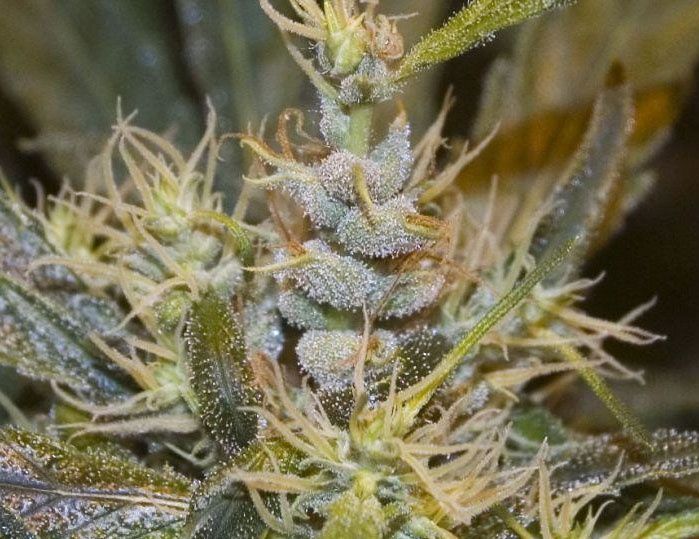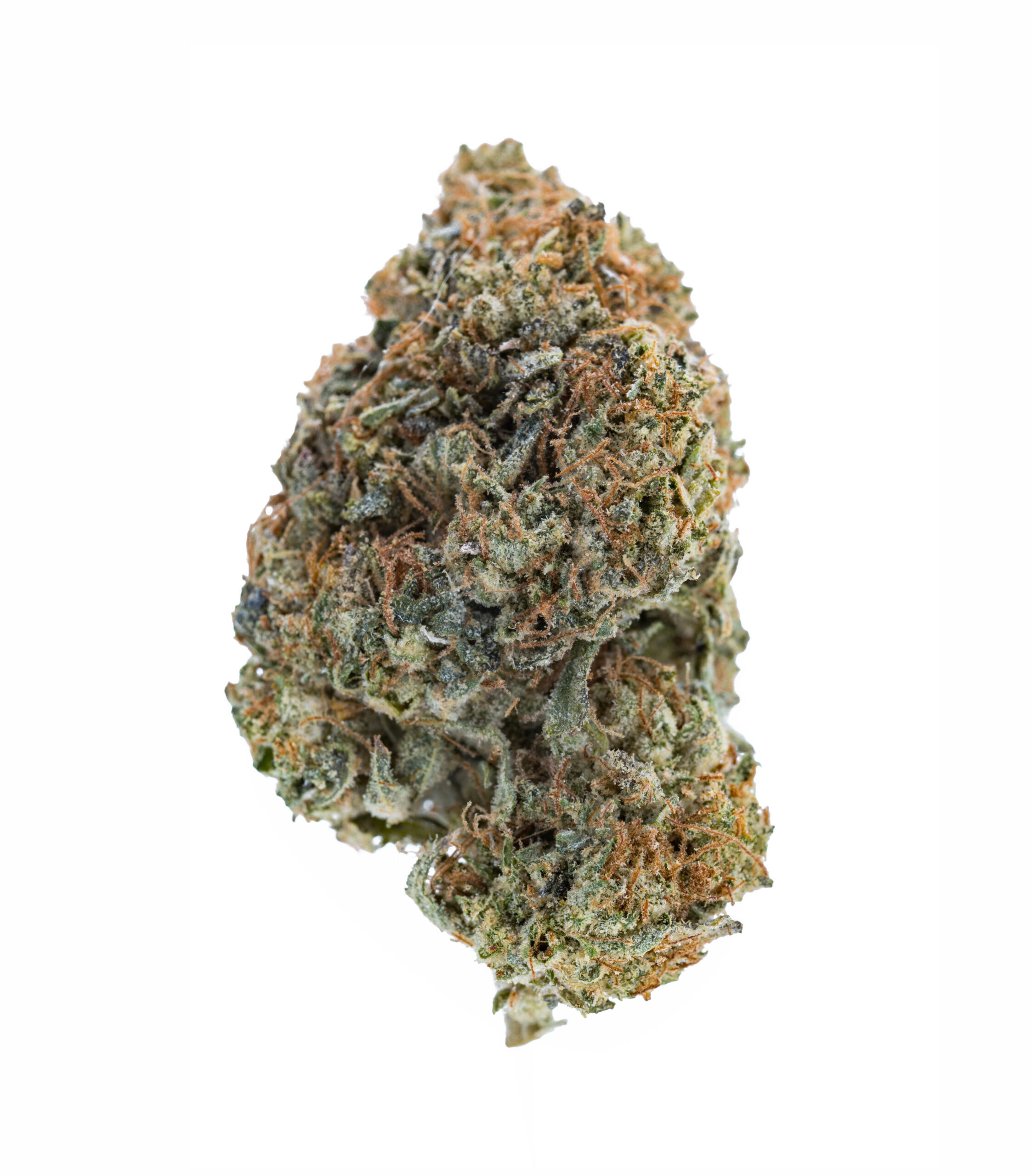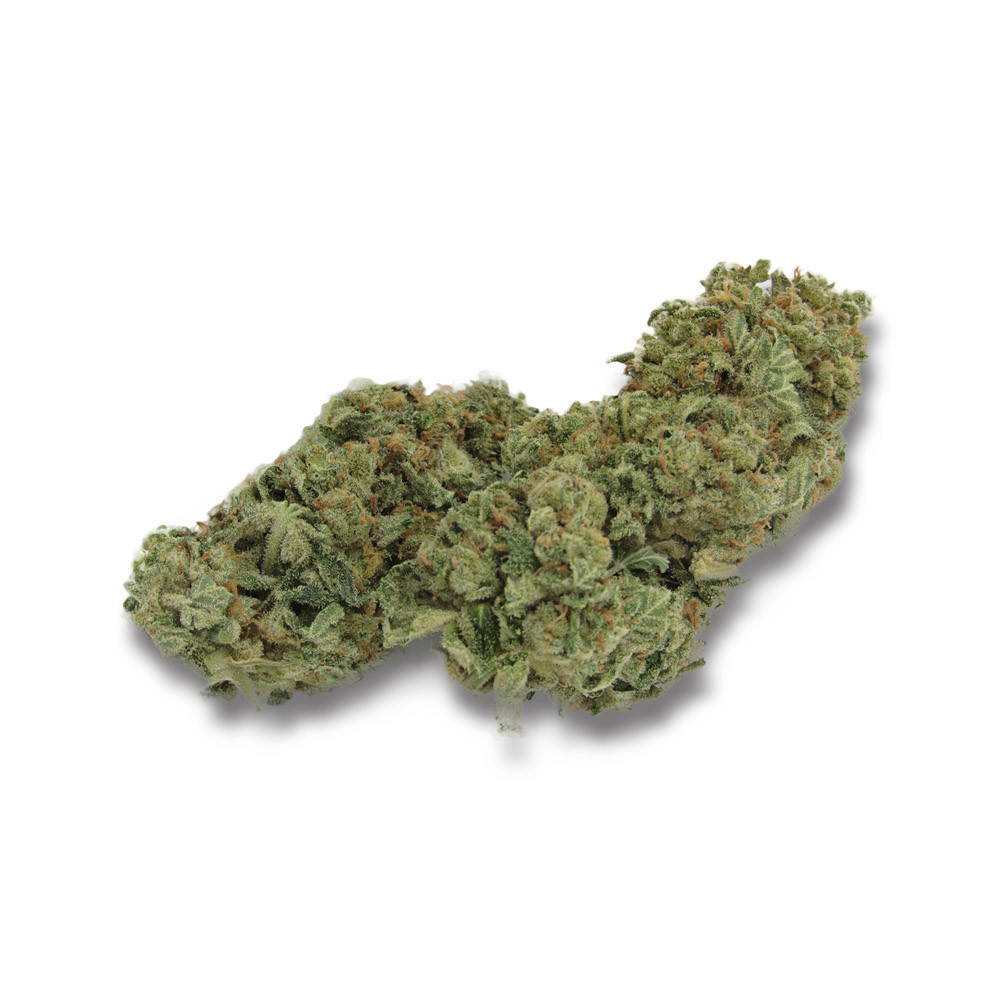Hawaiian Snow Weed Strain Information
Origins and Genetics
Hawaiian Snow is a popular cannabis strain that originated from the islands of Hawaii and has since become a favorite among marijuana enthusiasts worldwide.
The strain’s exact origin story is shrouded in mystery, but it’s believed to be a product of cross-breeding between Hawaiian and Afghani strains, which were introduced to the islands by settlers.
One theory suggests that the original seeds used for Hawaiian Snow came from Afghani plants cultivated by local farmers on the island of Kauai. Over time, these plants were crossed with native Hawaiian cannabis, resulting in a strain that combined the potency and flavor of the foreign cultivars with the hardiness and adaptability of the native species.
The genetics behind Hawaiian Snow involve a mix of indica and sativa dominant traits. While its exact lineage is unclear, most reports suggest that it has a strong indica influence, contributing to its compact growth habit, robust yields, and intense psychoactive effects.
Phylogenetically, Hawaiian Snow’s parent strains are thought to be descended from ancient cannabis species native to the Indian subcontinent, specifically the Indica variety. Its Afghani roots have contributed a rich terpene profile and earthy undertones to the strain’s characteristic flavor.
The precise genetic makeup of Hawaiian Snow is subject to debate among growers and breeders due to its widespread cultivation and selective breeding across various regions. As a result, clones and seeds from different sources may exhibit distinct differences in appearance, potency, and effects.
Believed to be a Hawaiian native, this strain is thought to have originated from a combination of landrace genetics.
Hawaiian Snow is a popular strain believed to have originated from the islands of Hawaii, specifically from landrace genetics that are native to the region.
The exact origin and creation of this strain is unclear, but it’s thought to be a combination of various Hawaiian landraces that have been cultivated and selected for desirable traits over time.
Hawaiian Snow is often characterized as a balanced hybrid strain, meaning it has an even split between indica and sativa genetics. This balance gives the strain its unique effects, which can range from relaxing to energizing depending on the user’s tolerance and preferences.
The aroma of Hawaiian Snow is often described as earthy, with hints of tropical fruit and herbal notes. The flavor profile is often sweet and fruity, with a subtle earthy undertone that complements the aroma.
The effects of Hawaiian Snow are said to be long-lasting, with users reporting feelings of euphoria, relaxation, and increased focus. Some users also report experiencing reduced anxiety and stress levels after consuming this strain.
Hawaiian Snow is often recommended for both recreational and medicinal use due to its balanced effects and potential therapeutic benefits. However, as with any cannabis product, it’s essential to consume responsibly and within moderation.
The exact genetic makeup of Hawaiian Snow remains unclear, but it’s likely a sativadominant hybrid with high THC levels.
The Hawaiian Snow weed strain is a popular and sought-after variety among cannabis enthusiasts, particularly due to its unique genetic makeup and effects.
Despite the lack of clarity surrounding its exact genetic composition, it’s widely believed that Hawaiian Snow is a sativa-dominant hybrid, meaning it has more sativa genetics than indica. This classification contributes to its distinctive characteristics and effects.
One of the defining features of Hawaiian Snow is its high THC content. The strain is known for producing high levels of tetrahydrocannabinol (THC), a psychoactive compound found in cannabis. THC is responsible for the euphoric and relaxing effects typically associated with marijuana use.
The exact genetic makeup of Hawaiian Snow remains unclear, suggesting that it may be a rare or proprietary strain. This lack of information can make it challenging to predict its growth habits, flowering times, and optimal cultivation conditions.
In general, sativa-dominant strains like Hawaiian Snow tend to have shorter flowering periods and require more space to grow than indica-dominant strains. They often produce long, thin buds with a higher concentration of THC and a sweeter, earthier aroma.
Cultivators seeking to grow Hawaiian Snow or other sativa-dominant strains should be prepared for the potential challenges associated with growing these varieties, such as requiring more nutrients, careful pruning, and precise temperature control.
In summary, Hawaiian Snow is a highly sought-after cannabis strain known for its high THC levels and sativa-dominant genetic makeup. Its unique characteristics and effects make it an attractive choice for experienced growers and enthusiasts alike.
Cannabinoids and Effects
Euphoric and Cerebral Properties
Cannabinoids are a class of diverse biochemicals found in the Cannabis sativa plant, which includes marijuana and hemp.
The effects of cannabinoids can vary depending on the specific compound, dose, and individual user, but they are generally known to produce a range of subjective effects, including euphoric properties such as altered mood, increased happiness, and reduced stress levels.
One of the primary reasons for the popularity of cannabis is its ability to induce feelings of euphoria, also known as “getting high.”
The cerebral properties of cannabinoids are another key aspect of their effects, with some compounds, such as THC, producing increased focus and concentration while others may impair cognitive function.
THC, in particular, has been shown to produce significant changes in brain activity patterns, particularly in regions involved in mood regulation and reward processing.
The Hawaiian Snow weed strain is known for its unique blend of cannabinoids, with a reported CBD content of up to 12% and a relatively high THC content, making it a popular choice among those seeking therapeutic relief as well as recreational enjoyment.
Users have reported a range of effects when consuming Hawaiian Snow weed, including increased energy and focus, reduced anxiety and stress, improved mood and reduced pain perception.
The euphoric properties of cannabinoids are thought to be mediated by their interaction with the body’s endocannabinoid system, which plays a key role in regulating mood, appetite, and sleep patterns.
Further research is needed to fully understand the mechanisms behind the effects of cannabinoids and to explore their therapeutic potential, but existing studies suggest that they may have significant benefits for both physical and mental health.
Hawaiian Snow is known for its euphoric properties, inducing feelings of happiness and relaxation.
Hawaiian Snow is a popular cannabis strain that has gained widespread recognition for its unique characteristics and effects.
This strain is known to contain high levels of Cannabinoids, which are the primary active compounds responsible for producing various physiological and psychological effects in users.
The two main types of Cannabinoids found in Hawaiian Snow are THC (Tetrahydrocannabinol) and CBD (Cannabidiol), with a focus on THC as it contributes to the euphoric properties of this strain.
THC is the primary psychoactive compound, responsible for inducing feelings of happiness, relaxation, and sedation. It interacts with cannabinoid receptors in the brain, producing an intense sense of well-being and tranquility.
The effects of Hawaiian Snow typically manifest within 15-30 minutes after consumption, depending on the method and potency. Users report feeling a sudden increase in energy and euphoria, accompanied by a sense of calmness and reduced anxiety levels.
Some users have reported experiencing increased creativity and focus with this strain, making it an excellent choice for artistic endeavors or mentally demanding tasks.
As for physical effects, Hawaiian Snow may cause slight redness in the eyes and dry mouth due to THC-induced dehydration. However, these side effects are generally mild and short-lived.
The strain’s high levels of THC can also lead to an increased appetite, making it a popular choice among users with low appetites or those seeking to stimulate their taste buds.
In conclusion, Hawaiian Snow is renowned for its euphoric properties, inducing feelings of happiness and relaxation in users. Its potent Cannabinoids, particularly THC, play a significant role in producing these effects, making it an excellent choice for those looking to unwind and escape the stresses of everyday life.
The strain’s sativadominant genetics contribute to its cerebral effects, heightening focus and creativity in some users.
The Hawaiian Snow weed strain is a popular choice among cannabis enthusiasts due to its unique combination of effects and benefits.
Cannabinoids, the primary active compounds found in cannabis, play a crucial role in determining the effects of a particular strain. The Hawaiian Snow strain contains an array of cannabinoids, including THC (tetrahydrocannabinol), CBD (cannabidiol), CBG (cannabigerol), and CBN (cannabinol).
THC is the primary psychoactive compound responsible for the ‘high’ associated with cannabis. It interacts with the brain’s cannabinoid receptors, altering perception, mood, and cognitive function.
CBD, on the other hand, is a non-psychoactive compound that provides various therapeutic benefits, including anti-inflammatory and analgesic effects. CBD has been shown to interact with serotonin receptors, promoting relaxation and reducing anxiety in some users.
CBG and CBN are lesser-known cannabinoids that also contribute to the overall effect of the strain. CBG is thought to have neuroprotective properties, while CBN is believed to promote relaxation and sedation.
The strain’s sativa-dominant genetics contribute to its cerebral effects, heightening focus and creativity in some users. The Hawaiian Snow strain is known for its energizing and uplifting qualities, making it an ideal choice for daytime use or for individuals looking to boost their mental clarity and productivity.
However, it’s essential to note that individual tolerance and sensitivity to cannabinoids can greatly impact the effects of a particular strain. Some users may experience more pronounced psychoactive effects, while others may find the strain too mellow or ineffective.
The optimal dosage for the Hawaiian Snow strain is generally considered to be higher than average, as it requires a stronger THC concentration to achieve its desired effects. This is due in part to the strain’s relatively high CBD content, which can moderate the psychoactive effects of THC.
Ultimately, the effects of the Hawaiian Snow strain will vary depending on individual tolerance and sensitivity to cannabinoids. It’s recommended that users start with a low dose and gradually increase as needed to avoid over-intoxication or discomfort.
As with any cannabis strain, it’s essential to be aware of potential side effects, such as dry mouth, red eyes, and increased heart rate. These effects are generally short-term and manageable but may require attention and caution, especially in individuals with pre-existing medical conditions or sensitivities.
Cultivation and Growing Tips
Climate and Soil Requirements
Cultivating Hawaiian Snow Weed requires careful attention to its specific needs and preferences.
Climatic Requirements
- Hawaiian Snow Weed prefers a subtropical climate with average temperatures between 64°F (18°C) and 85°F (30°C).
- It thrives in areas with high humidity, typically above 50%, to promote healthy growth and prevent water loss.
- This strain is sensitive to extreme temperatures, frost, and wind, making it ideal for cultivation in greenhouses or indoor settings.
- Hawaiian Snow Weed requires well-draining soil with a pH range of 6.0-7.5 to prevent nutrient deficiencies and root rot.
- The ideal soil mix should contain a balance of nutrients, such as nitrogen, phosphorus, potassium, and micronutrients like iron, magnesium, and calcium.
- Organic matter like compost or peat moss can be added to improve soil structure, fertility, and water retention.
Cultivation Tips
- Plant Hawaiian Snow Weed seeds in a seedling tray filled with a well-draining potting mix. Water gently but thoroughly.
- Transplant the seedlings into larger containers or directly into the ground when they have 2-3 sets of leaves, taking care not to disturb the roots.
- Provide adequate light for Hawaiian Snow Weed, which prefers direct sunlight for at least 4 hours a day or high-intensity artificial lighting.
- Maintain optimal temperature and humidity levels, as this strain is sensitive to extreme conditions.
- Prune Hawaiian Snow Weed plants regularly to encourage bushy growth, promote even flowering, and prevent overgrowth.
- Fertilize the plants with a balanced nutrient solution during the vegetative stage and switch to a bloom-specific formula once they begin flowering.
- Irrigate Hawaiian Snow Weed plants when the top inch of soil feels dry to the touch, taking care not to overwater or underwater.
Hawaiian Snow requires a warm, humid climate with ample light to reach its full potential.
- Hawaiian Snow is a popular cannabis strain that thrives in warm, humid environments with plenty of light.
- To cultivate and grow Hawaiian Snow to its full potential, it’s essential to provide it with optimal growing conditions.
- First and foremost, this strain requires a warm climate, with temperatures ranging from 65°F (18°C) to 75°F (24°C).
- A temperature fluctuation of more than 5-10 degrees Fahrenheit can cause stress to the plant and potentially lead to reduced yields or poor growth.
- In terms of humidity, Hawaiian Snow prefers a humid environment with relative humidity levels between 40-60%.
- This allows for healthy growth and prevents moisture from evaporating too quickly, which can impact the overall health of the plant.
- Light is another crucial factor in cultivating Hawaiian Snow. These plants prefer bright light conditions but can tolerate partial shade if necessary.
- In ideal conditions, Hawaiian Snow should receive at least 18 hours of direct sunlight per day or supplemental LED grow lights to compensate for any lack of natural light.
- When it comes to soil and nutrients, Hawaiian Snow prefers well-draining potting soil rich in organic matter. A balanced fertilizer diet is also essential for healthy growth.
- The pH level should be slightly acidic, ranging from 6.0-7.0, allowing the plant’s roots to absorb necessary nutrients efficiently.
- As with any cannabis strain, regular pruning and training techniques are vital in controlling the plant’s height, promoting bushy growth, and increasing yields.
- Additionally, keep an eye out for common pests and diseases that can affect Hawaiian Snow, such as spider mites, mealybugs, powdery mildew, and root rot.
- To prevent these issues, maintain a clean growing environment, inspect plants regularly, and take prompt action if any signs of infestation or disease appear.
- By following these cultivation and growing tips, you can successfully cultivate Hawaiian Snow to reach its full potential and enjoy the rewards of this excellent cannabis strain.
This strain thrives in tropical environments similar to those found in Hawaii, but can also be grown indoors with proper care.
Cultivating and growing the Hawaiian Snow strain requires attention to detail, a suitable environment, and proper care.
To start with, this strain thrives in tropical environments similar to those found in Hawaii, where it originates. However, with proper care, it can also be grown indoors, providing you meet its specific requirements.
When cultivating indoors, make sure the space has a temperature range of 65-75°F (18-24°C), as this allows for optimal growth and development.
It’s crucial to maintain a relative humidity level of around 60-70%, ensuring that the plant receives enough moisture without overwatering, which can lead to root rot or other issues.
Adequate lighting is essential for growth and flowering. While it can thrive under 18 hours of light per day, 20-24 hours is recommended during the vegetative stage, with 12 hours of light during flowering.
For optimal results, provide your Hawaiian Snow plant with a balanced nutrient diet that includes nitrogen, phosphorus, and potassium. Use a high-quality fertilizer to ensure you meet its specific needs throughout the growing cycle.
Fertilize regularly but avoid overfertilizing. It’s also essential to monitor pH levels, aiming for 6.0-7.0, as deviations from this range may hinder nutrient uptake and plant growth.
Maintain air circulation in your growing space to prevent the buildup of CO2 , which can negatively impact plant health and development.
Monitor temperature fluctuations, ensuring they do not exceed 75-80°F (24-27°C). Avoid placing plants near heating vents or radiators as this may cause damage.
The flowering stage typically lasts 60-90 days. To ensure you get the best yields possible, carefully manage pruning to control growth and direct energy towards bud formation.
Finally, inspect your plant regularly for pests, diseases, or signs of nutrient deficiencies. Take prompt action to prevent issues from escalating into more severe problems.
- Lamb’s Bread Aka Lamb’s Breath Weed Strain Information - September 19, 2024
- Hawaiian Punch Weed Strain Information - September 19, 2024
- Lavender Aka Lavender Kush Weed Strain Information - September 19, 2024









